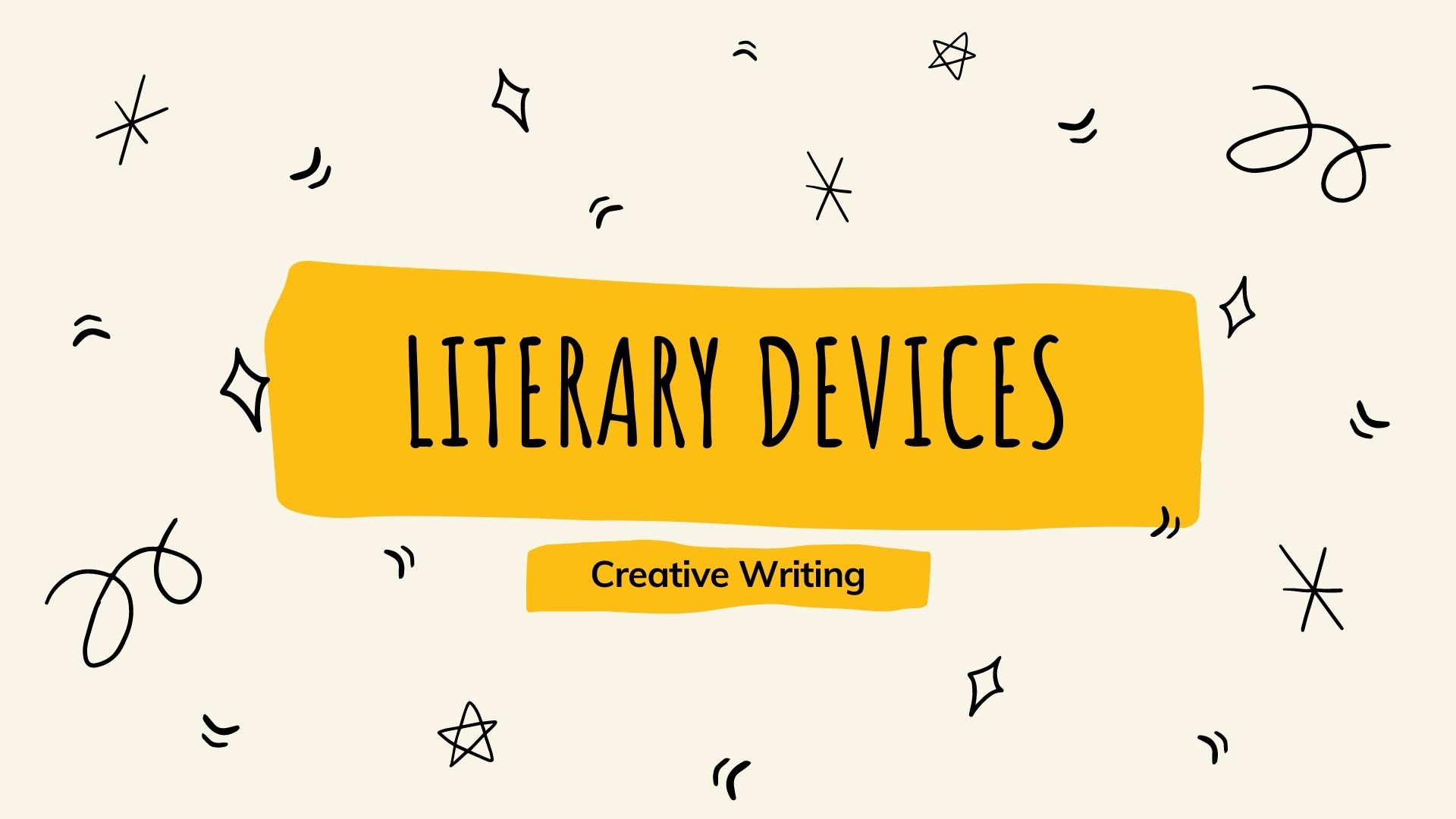Announcement
How Hyperbole, Imagery, and Metaphor Shape Our Perception of Reality
Introduction
Language is a potent tool that allows us to communicate ideas, emotions, and experiences. Within the realm of literature, writers employ various techniques to convey their messages effectively and engage readers on a deeper level.
Three such techniques that play a significant role in shaping our perception of reality are hyperbole, imagery, and metaphor.

In this article, we will delve into these literary devices, explore their definitions, and understand their impact on our understanding of the world. Additionally, we will examine how these techniques contribute to effective communication and expression in writing.
Hyperbole: Exaggeration for Emphasis
Hyperbole is a powerful figure of speech that involves intentional exaggeration for emphasis or dramatic effect. It is used to create an impact, evoke emotions, and emphasize a particular point. Hyperbole can be found in various forms of writing, including literature, poetry, speeches, and everyday conversations.
For example, phrases such as “I’ve told you a million times” or “I’m so hungry I could eat a horse” are common instances of hyperbole.
The use of hyperbole serves several purposes. Firstly, it grabs the reader’s attention, making the text more engaging and memorable. Secondly, it adds depth and intensity to the description, allowing readers to vividly imagine the situation being portrayed.
Moreover, hyperbole aids in conveying complex emotions and experiences by amplifying them, thus enabling readers to connect with the text on a deeper level. By exaggerating certain aspects, writers can effectively communicate their intended message and leave a lasting impression on the reader.
Imagery: Painting Pictures with Words
Imagery is a literary device that employs vivid and descriptive language to create mental images in the reader’s mind. It appeals to the reader’s senses, allowing them to visualize and experience the text on a sensory level.
By using sensory details, writers can transport readers to different times, places, and emotions. Whether it’s describing the beauty of a landscape, the taste of a delicious meal, or the feel of a soft fabric, imagery brings the written word to life.
The purpose of imagery extends beyond mere aesthetics. It helps establish the mood and atmosphere of a piece of writing, evokes emotions within the reader, and enhances the overall reading experience.
By immersing readers in a sensory-rich environment, imagery enables them to form a deeper connection with the text. Writers employ various literary devices, such as similes, metaphors, and personification, to create powerful images that resonate with the reader.
Through the skillful use of imagery, writers can transport readers to new worlds and provide them with a more profound understanding of the subject matter.
Metaphor: Bridging the Gap Between Concepts
Metaphor is a figure of speech that establishes a comparison between two unrelated things or ideas, highlighting their similarities.
It is a potent tool for conveying abstract concepts and complex emotions by creating a bridge between the known and the unknown. Metaphors can be found in all forms of writing, from literature and poetry to speeches and advertisements.
For example, phrases such as “time is money” or “the world is a stage” are common Metaphor.
The use of metaphors adds depth and richness to writing by providing a fresh perspective and inviting readers to explore connections between seemingly unrelated concepts.
Metaphors allow writers to express ideas and emotions that are otherwise difficult to articulate directly.
By associating one concept with another, writers can tap into the reader’s existing knowledge and experiences, making the unfamiliar more relatable.
Metaphors serve as powerful tools of expression, enabling writers to communicate complex ideas and evoke strong emotions within the reader.
The Impact on Perception and Communication
Hyperbole, imagery, and metaphor, individually and collectively, have a profound impact on our perception of reality and how we understand the world.
These literary devices go beyond mere linguistic embellishments; they shape our understanding, evoke emotions, and foster deeper connections with the text. Through hyperbole, writers magnify certain aspects to emphasize their significance, leaving a lasting impression on the reader’s mind.
Imagery transports readers to different worlds, allowing them to experience situations and emotions on a sensory level. Metaphors provide fresh perspectives, helping us bridge the gap between abstract concepts and the concrete world we inhabit.
In addition to their impact on perception, these literary devices also play a crucial role in effective communication.
Writers can use hyperbole, imagery, and metaphor to convey complex ideas, create vivid descriptions, and elicit specific emotions within the reader. These devices enhance the clarity and impact of the message being communicated, making it more memorable and engaging.
By employing these techniques, writers can leave a lasting impression on their audience and ensure that their words resonate long after they have been read.
In conclusion, hyperbole, imagery, and metaphor are powerful tools that shape our perception of reality and influence how we interpret and understand the world around us.
These literary devices add depth, intensity, and richness to writing, enabling writers to effectively communicate ideas, evoke emotions, and establish connections with readers.
Need Help with Your Essay? If you are struggling with writing an essay that effectively utilizes literary devices or any other aspect of writing, you may consider seeking professional assistance. The write my essay service provided by 5StarEssays can help you overcome writer’s block, improve your writing skills, and deliver high-quality essays.
The deliberate and skillful use of hyperbole, imagery, and metaphor contributes to the artistry of language and literature, providing a transformative experience for both the writer and the reader.
Other literary devices you should know:
Writing Essays Made Easy: Harnessing the Power of Hyperbole, Imagery, and Metaphor
Emotional Impact: Using Hyperbole, Imagery, and Metaphor to Engage Your Readers in Essays
Writing Essays Made Easy: Harnessing the Power of Hyperbole, Imagery, and Metaphor
Unleashing Your Creative Essay Writing Potential: Embracing Hyperbole, Imagery, and Metaphor